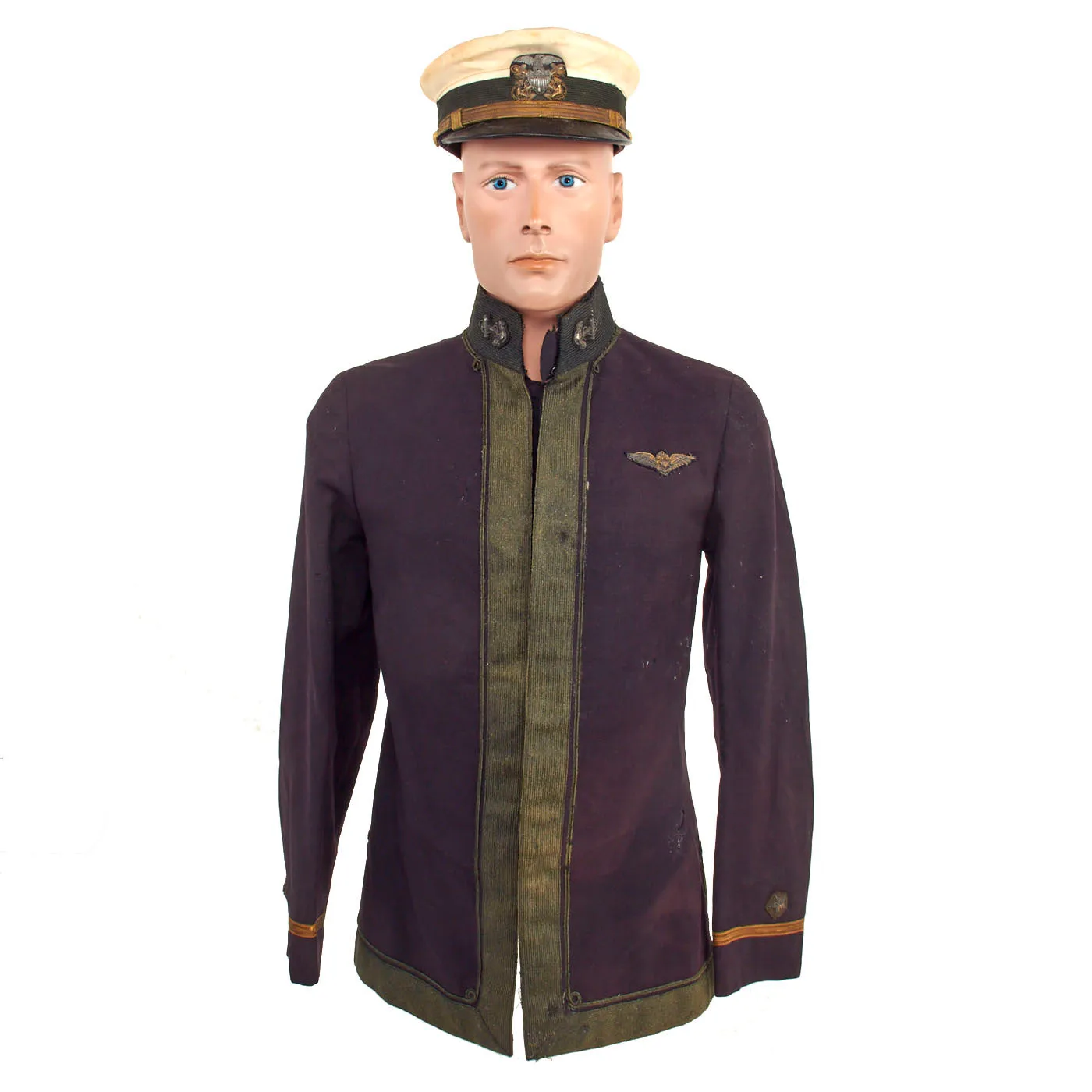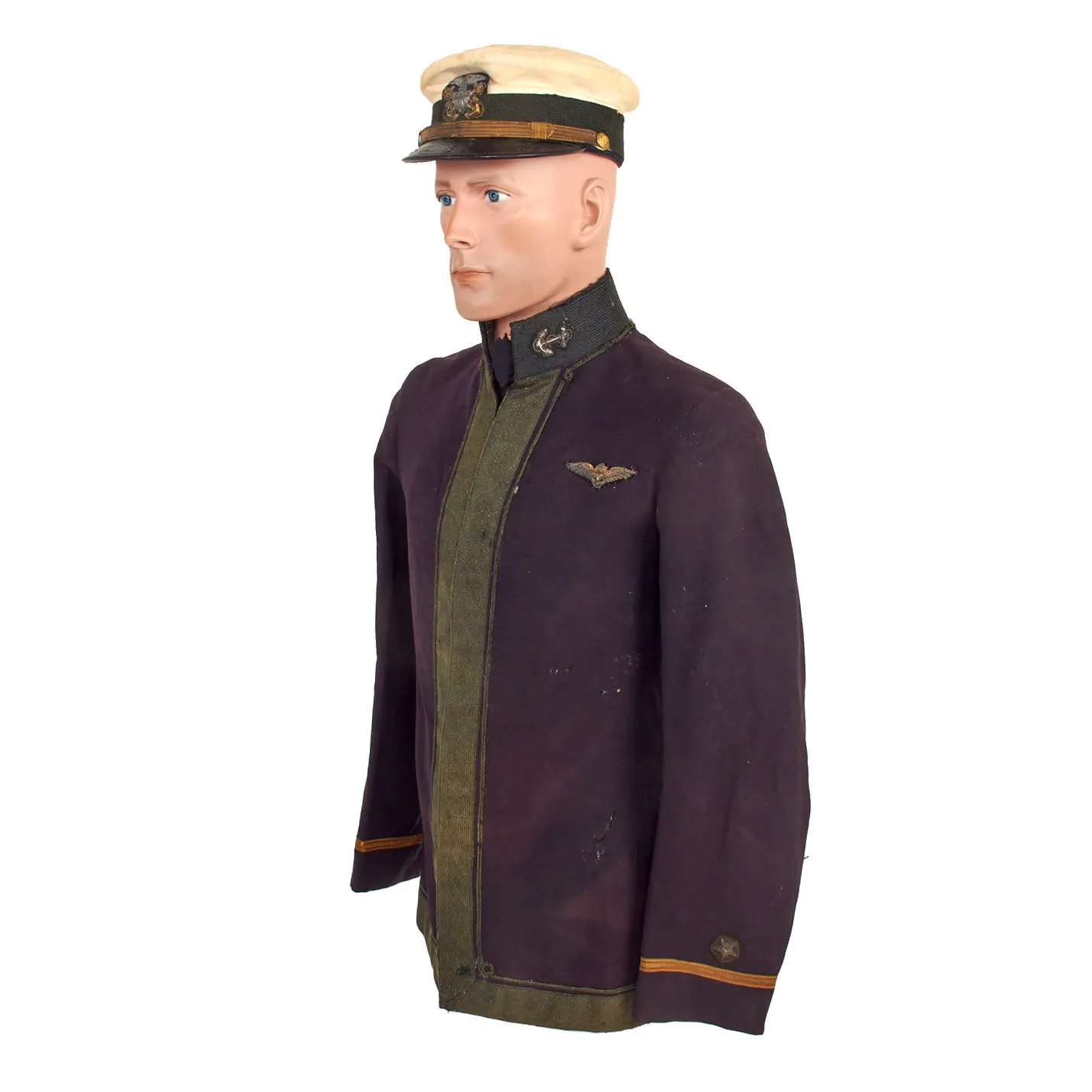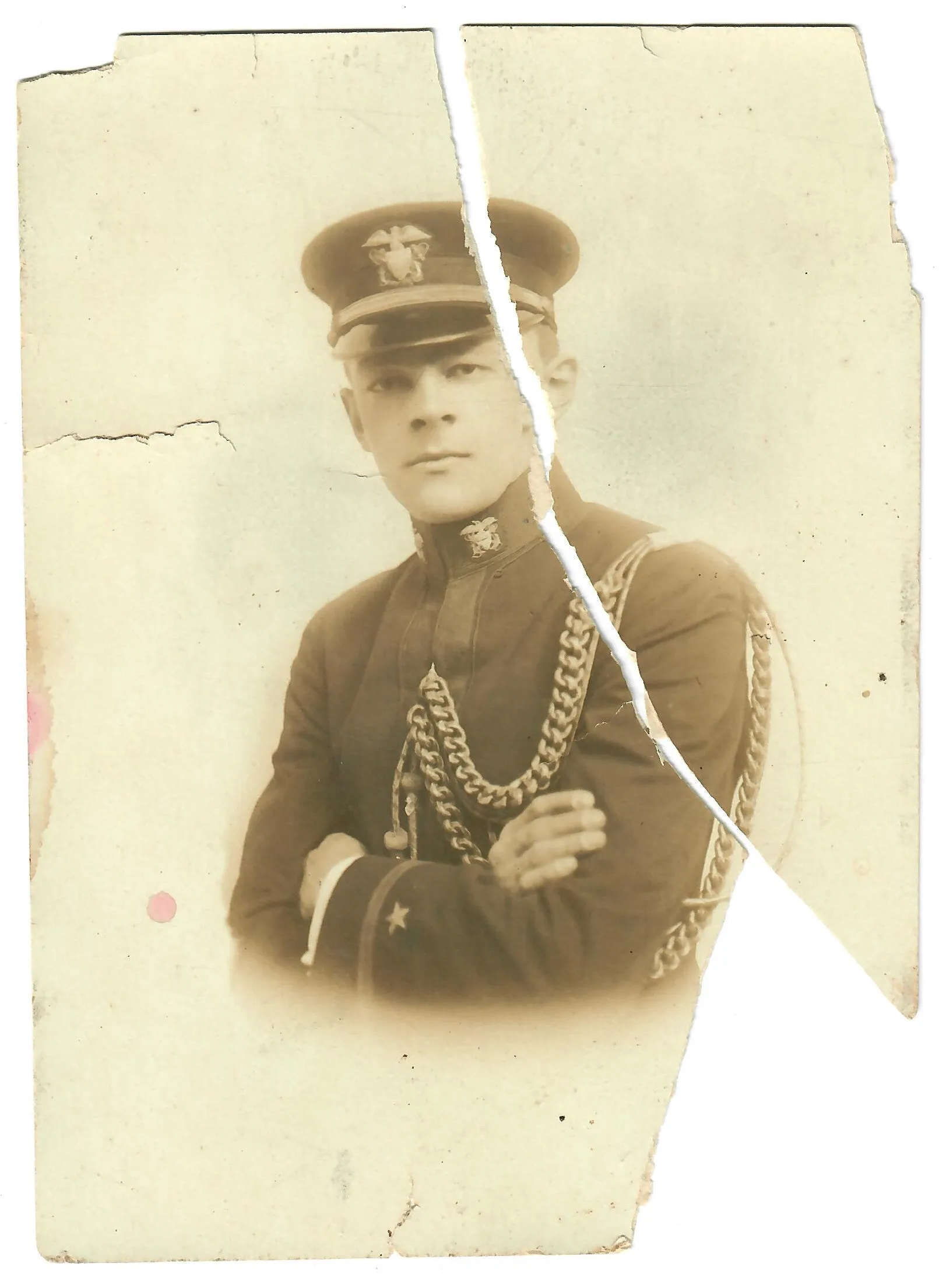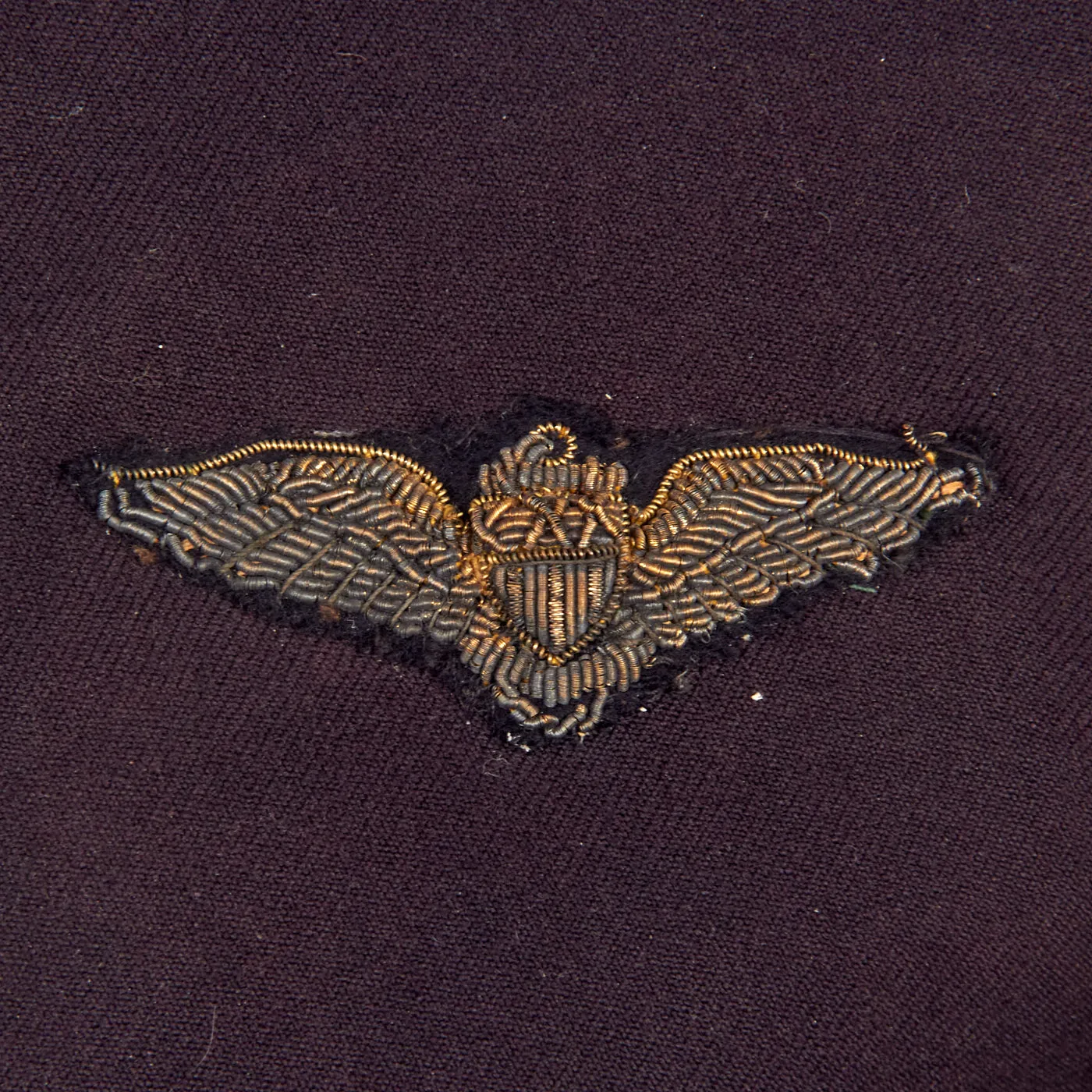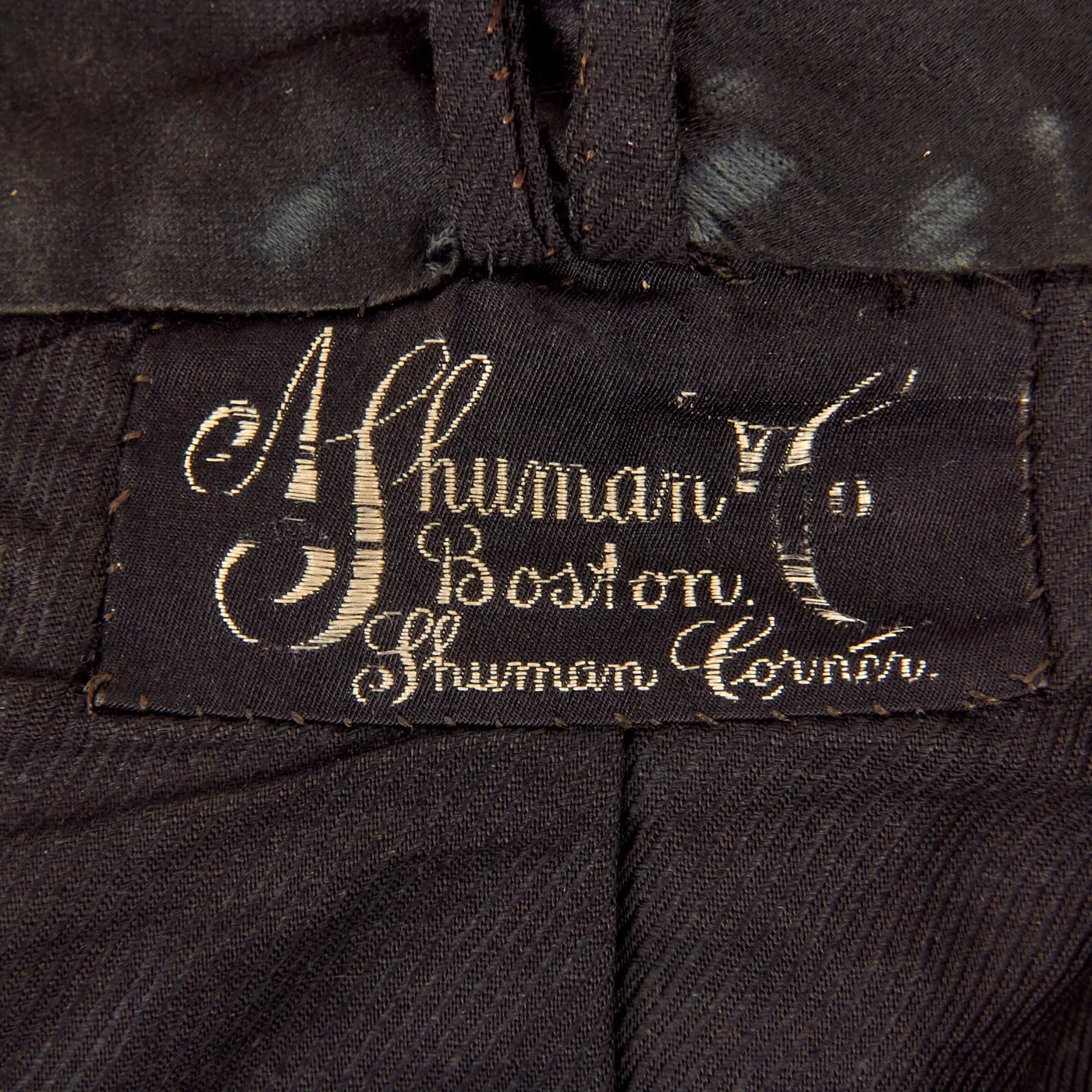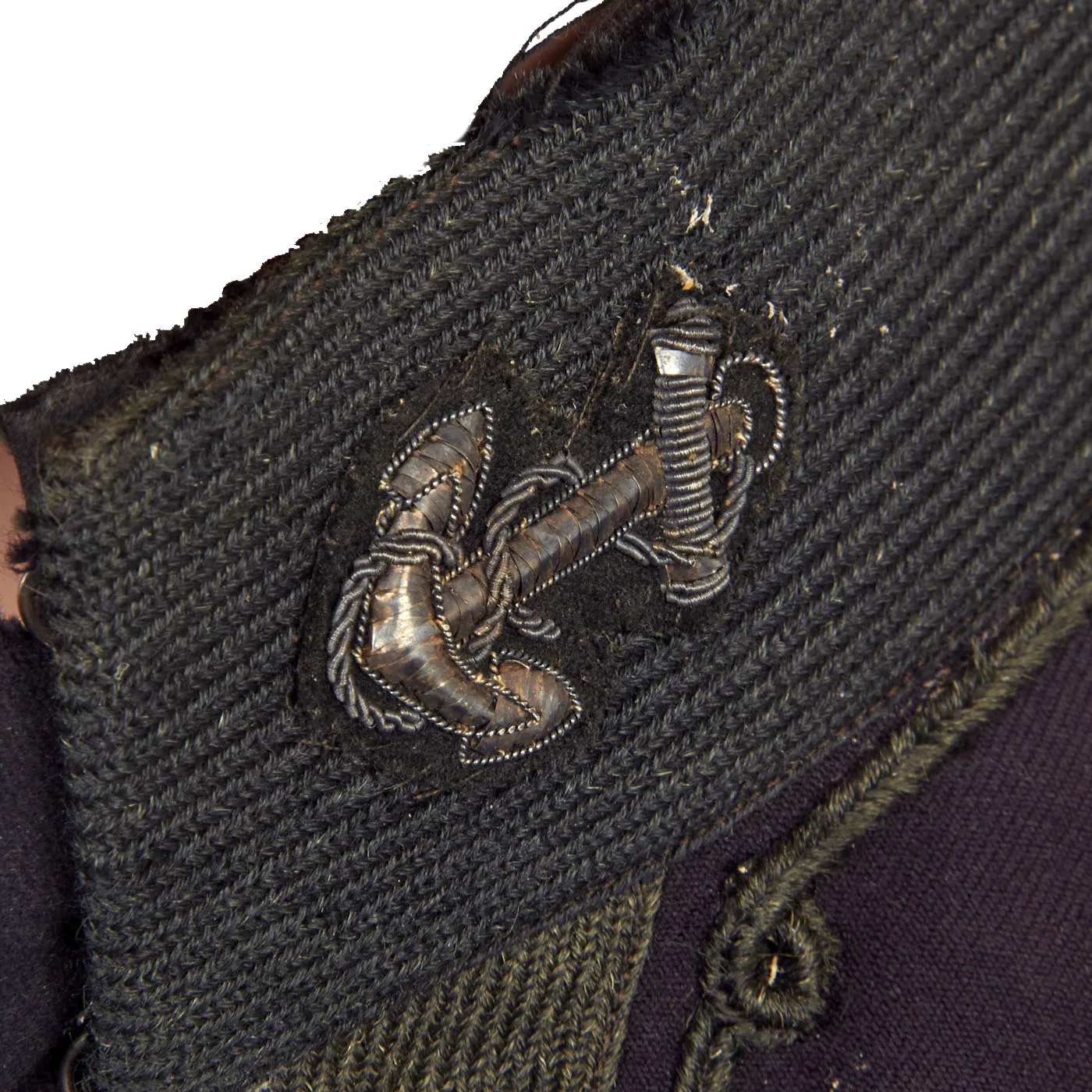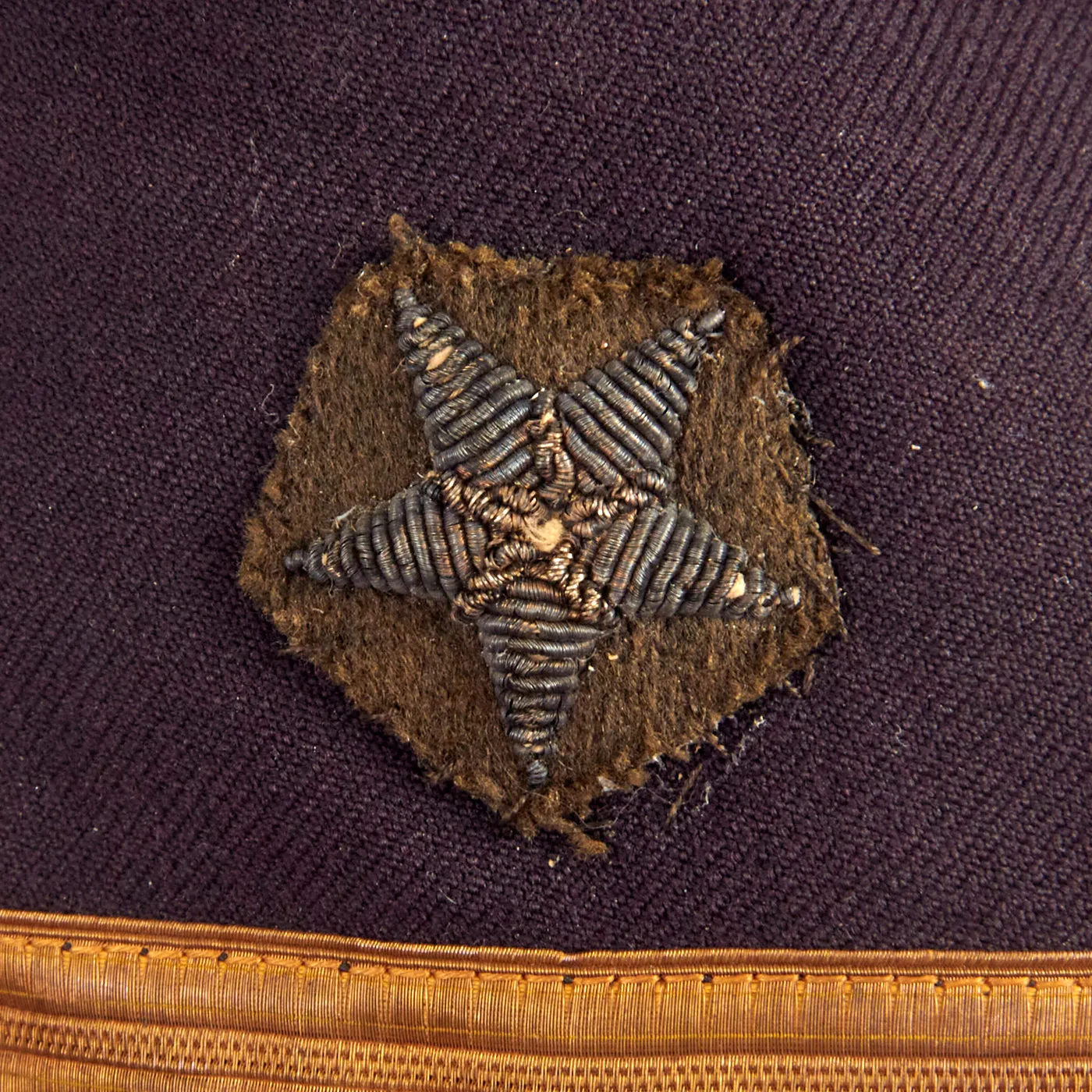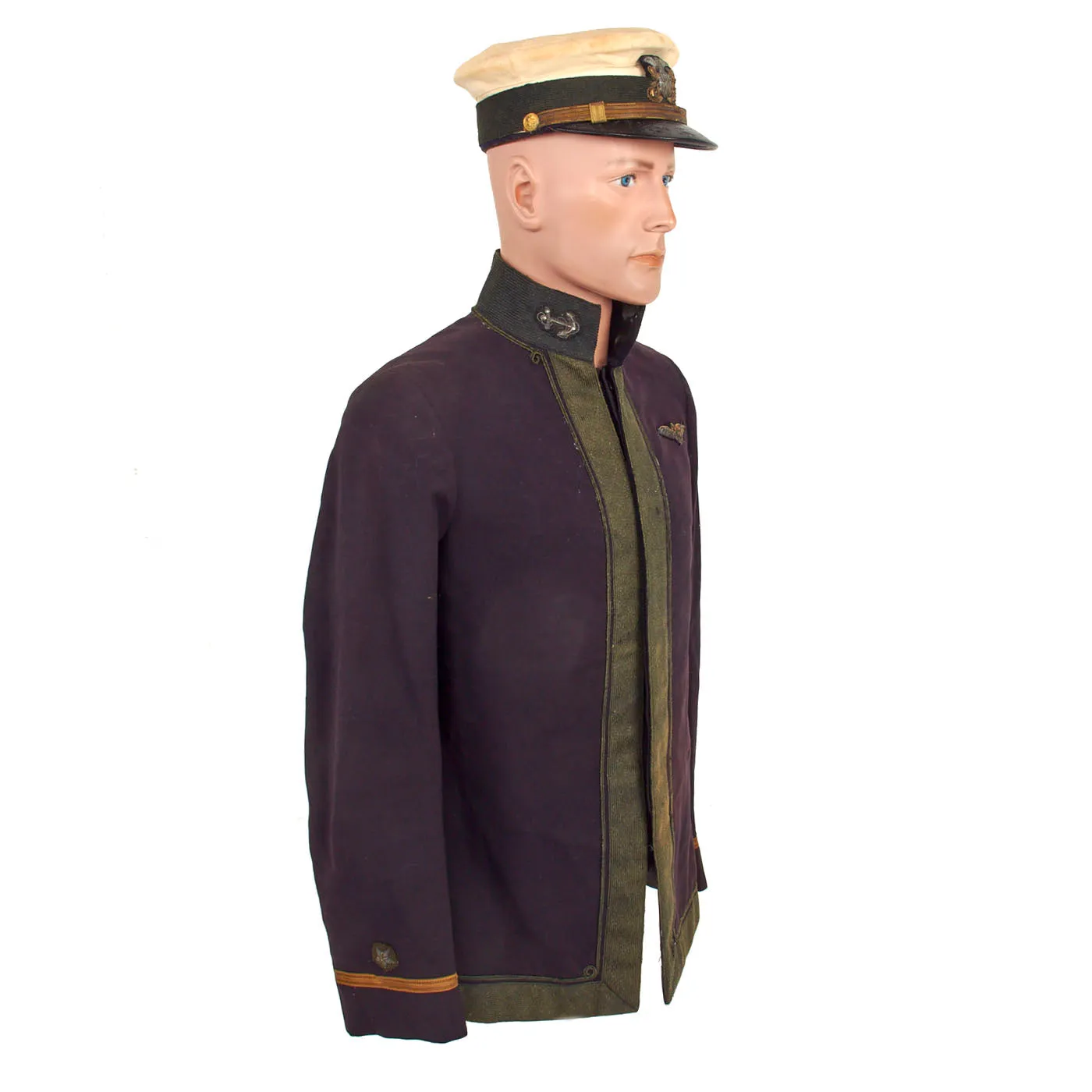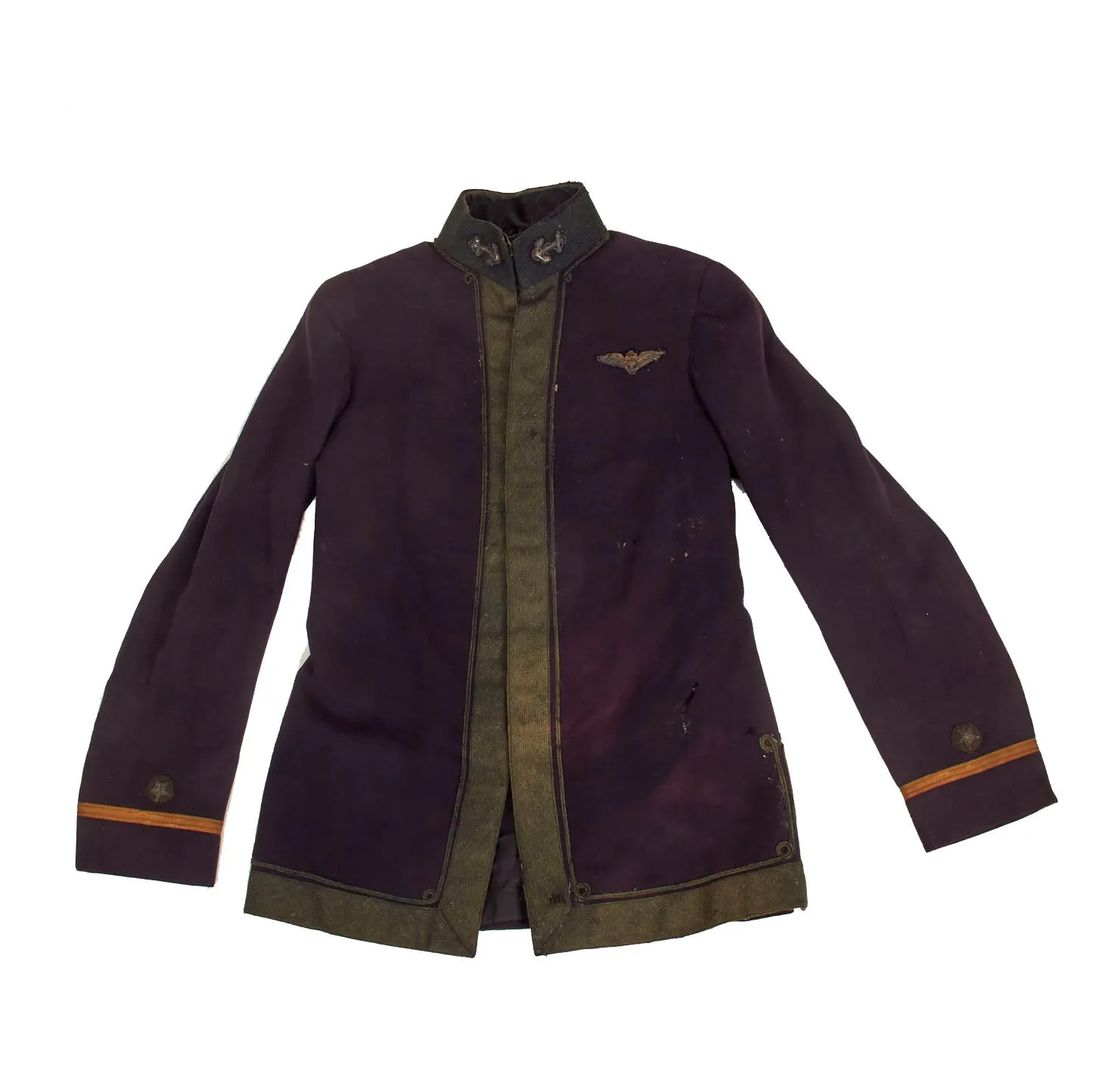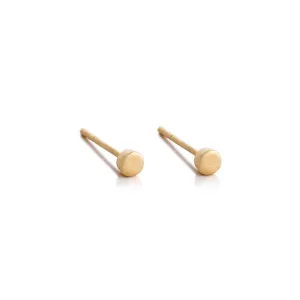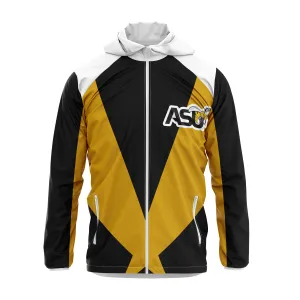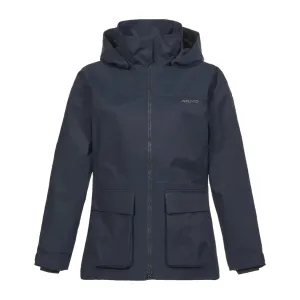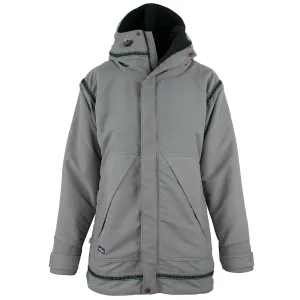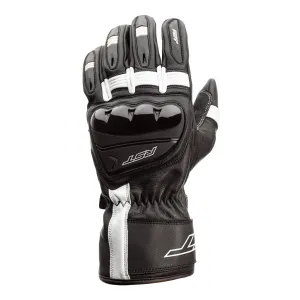Original Item: Only One Available. A naval aviator is a commissioned officer or warrant officer qualified as a crewed aircraft pilot in the United States Navy or United States Marine Corps. United States Coast Guard crewed aircraft pilots are officially designated as "Coast Guard aviators", although they complete the same undergraduate flight training as Navy and Marine Corps crewed aircraft pilots, and are awarded the same aviation breast insignia.
Upon the United States' entry into World War I, the U.S. Navy had one air station, located at Pensacola, Florida. Available for service were 48 aviators and students, along with 54 aircraft. Prior to the war, the only war experience Naval Aviation had was with photo reconnaissance at Veracruz, Mexico in 1914. In the subsequent rapid build-up, Naval Air Stations were concentrated on the eastern coast, including Anacostia, Washington, D.C.; Bay Shore, Long Island, New York; Cape May, New Jersey; Chatham, Massachusetts; Hampton Roads, Virginia; Key West, Miami, and Pensacola, Florida; and Rockaway Beach, New York. Exceptions were at North Island, San Diego (used by the U.S. Army for training and schools); Akron, Ohio (for lighter-than-aircraft); and Camp Taliaferro, Fort Worth, Texas (an aerial gunnery school). During the war, naval aircraft flew more than three million nautical miles while also attacking and damaging a dozen German U-Boats. When hostilities ceased, U.S. Naval and Marine Corps Aviation were operational out of 27 bases in Europe, two in Canada, and one in the Canal Zone, one in the Azores, and 12 in the United States. At the time of the Armistice, naval aviation had 6,716 officers and 30,693 men serving. The Marine Corps had 282 officers with 2,180 men. Of these, 18,000 officers and men served abroad. Craft totals: 2,107 aircraft; 15 dirigibles and 215 kite balloons.
This uniform is a fine tailor made M-1895 / M-1912 Undress Blouse Jacket. Constructed of blue wool with gilt ribbon cuff bands, full lining with all buttons present, bullion embroidered fouled anchors on each side. The left side features a beautiful bullion Naval Aviator’s insignia. All gold/silver bullion is unfortunately tarnished, but does not subtract from the beauty of the tunic. Overall condition is good but there are moth nips present throughout the uniform. The tailor tag located on the inside right pocket is literally “held on by a thread” and has the name Mr A. S. Bergman written on it. Below the name is the date of August 10, 1918.
Unfortunately we have not been able to locate the service information for Mr. Bergman, making this a wonderful research opportunity!
The “summer white” forage cap is in a lovely, yet worn condition and shows signs of service use. The front of the cap bears the correct Navy crossed anchor insignia, with a gold bullion adjustable chinstrap and two U.S. Navy side buttons. The insignia and chinstrap are faded and darkened to a nice patina. There are stains present on the white area of the cap, but it does not subtract from the beauty. The interior has no marking we can find and the leather sweatband is partially detached.
The included photograph is of a WWI era US Naval Aviator and without any markings on it, we can only assume that it is of Mr. Bergman. The picture is clear and full of detail, but unfortunately it is torn into 2 pieces and does have minor tearing on the left side. Once in a frame it would be hard to notice these defects.
This is a great uniform with wonderful research potential. Early US Naval Aviation uniforms are growing increasingly difficult to find, and finding one that is named is even more difficult.
Comes more than ready for further research and display!
Approx. Measurements:
Collar to shoulder: 9.5”
Shoulder to sleeve: 16”
Shoulder to shoulder: 24”
Chest width: 16”
Waist width: 15.5”
Hip width: 18.5”
Front length: 29.5"




